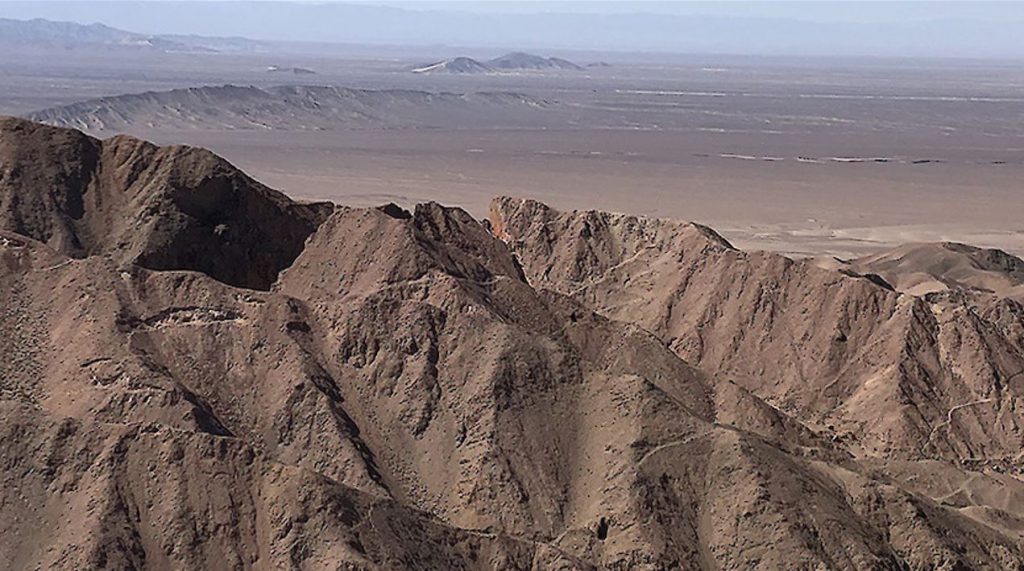Aftermath drills 253 g/t silver over 56.7 metres at Berenguela, Peru

Aftermath Silver Ltd. [AAG-TSXV; AAGFF-OTCQB] reported additional assay results from diamond drilling at the Berenguela silver-copper-manganese project located in the department of Puno, southern-central Peru. The company has an option to acquire a 100% interest in the project from SSR Mining Inc. [SSRM-TSX, NASDAQ; SSR-ASX]. Aftermath has been drilling at Berenguela since December, 2021 and is planning to advance the project through a pre-feasibility study.
A total of 6,168.15 metres in 63 diamond core holes has been drilled to date which completes the phase 1 diamond drilling program. The company released assays for the first 6 holes of the current drill program on May 4, 2022. Highlights include 8 metres of 804 g/t silver and 0.45% copper in hole AFD-020 from 56.5 metres downhole and 56.70 metres of 253 g/t silver and 1.19% copper plus manganese and zinc credits. A high-grade copper intercept in hole AFD-010 that returned 5.15 metres of 5.03% copper from 58.90 metres downhole. Other holes also returned encouraging assays as well. Refer to original table on the company’s website.
In five holes, Ag-Cu mineralisation was intercepted from surface and the majority of the holes cut Ag-Cu mineralization within 10 metres of surface.
The program was planned as a combination of resource verification, metallurgical sampling, and confirmation of some historical RC holes. Aftermath’s technical team is incorporating the new drilling into a revised geological interpretation of the Berenguela mineralization which will be used to complete a new NI 43-101 compliant mineral resource estimate later in 2022. Historical mapping and resource modelling shows the mineralization to extend for roughly 1,300 metres along strike (including a 100-metre discontinuity) with a width of 200 to 400 metres.
Hole AFD-006 (PQ diameter metallurgical hole) cut 2 zones of mineralisation in folded limestones. The upper from 8.50 to 31.20 metres was characterised by massive replacement by MnO, whilst the lower from 59.80 to 78.40 metres was subject to more moderate MnO replacement. Sedimentary breccias and limestones were encountered below the mineralization.
